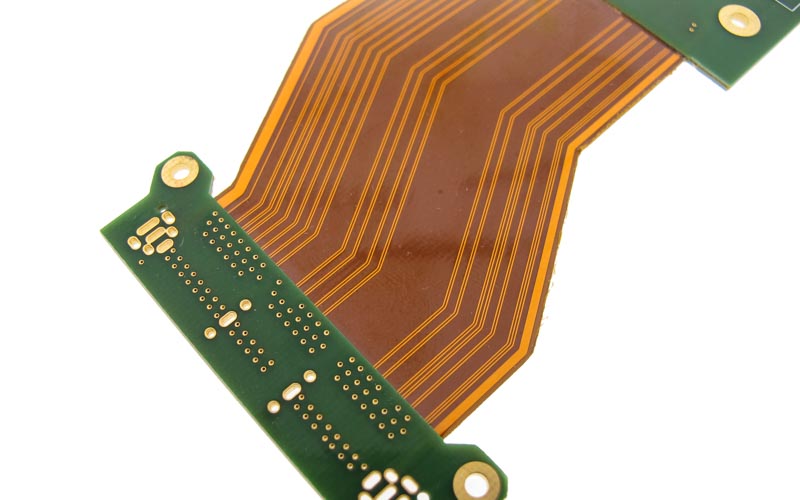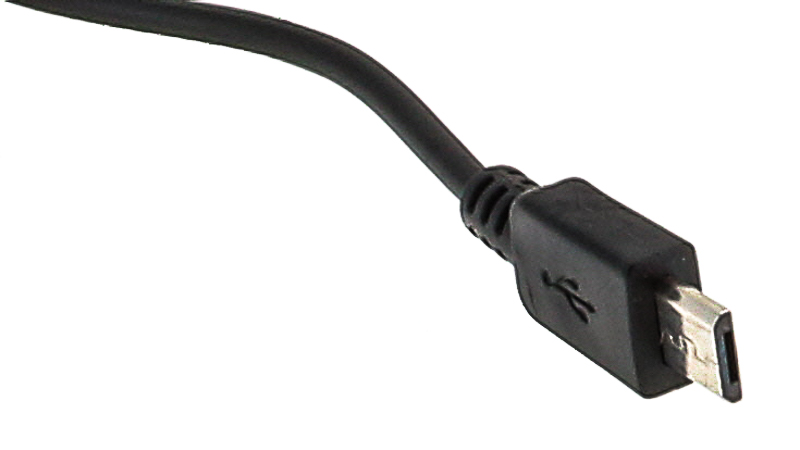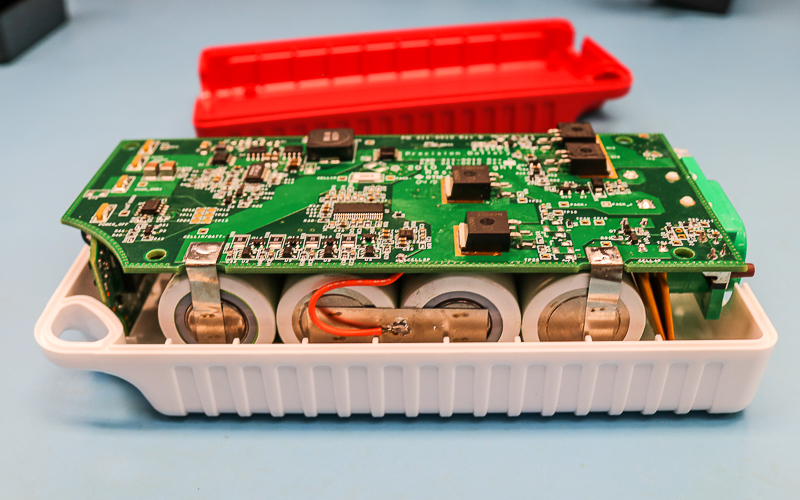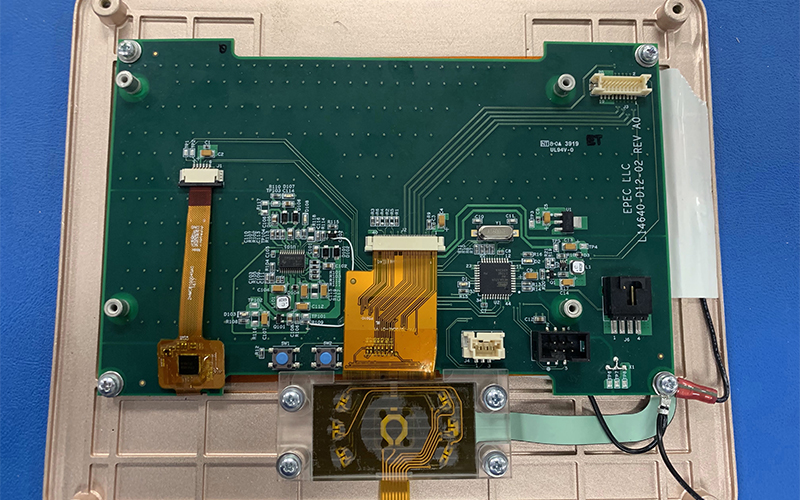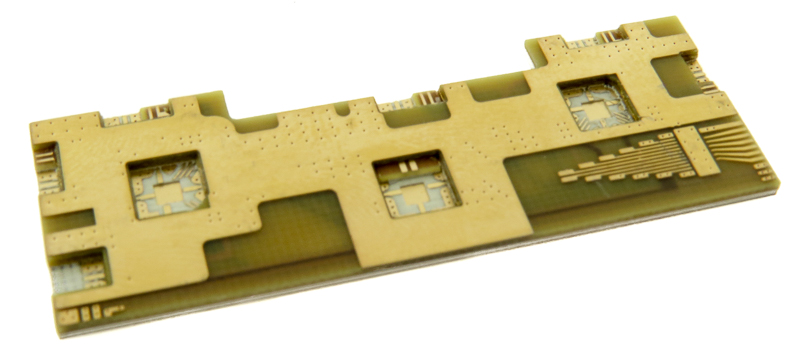You may have encountered the acronym STP or STEP while learning about or working on projects that involve computer-aided design. But what exactly is it? A STEP file is a 3D-model file formatted in STEP, which stands for Standard for the Exchange of Product Data. STEP files are used to store 3D-image data in an ASCII format, following the standards defined in ISO 10303-21, introduced by the ISO committee in 1994. This specification created a file structure which could be recognized by multiple modeling programs, thus enhancing the ability for design data to be exchanged.
Customers requiring batteries for their products or applications have become savvier when it comes to the developmental phase of the battery packs. They understand that by having researched power requirements, dimensions of the pack compartment, battery chemistries, and cabling specifications, the customer can develop more comprehensive design documents. Then, the battery pack manufacturer can use these specifications to get started on the development and tooling stage immediately.
Revision control is the method by which manufacturers and engineers keep individual parts or assemblies documented and tracked. A more simplified definition could be that revision control is a part’s road map. In the world of manufacturing electronics, it is critical that revisions of any product are properly maintained and controlled.
When designing a custom battery pack, a topic that will come up between the manufacturer and the customer deals with the fuel gauge. The battery fuel gauge can be found in a range of everyday devices that we use, such as cell phones and computers. The function of the fuel gauge is to inform the customer on how much state of charge (SoC) and state of health (SoH) is left in the battery. The fuel gauge can predict the remaining capacity by measuring the voltage, battery temperature, and current.
Impedance controlled circuits in a rigid-flex PCB design is a common requirement throughout the industry in a wide range of applications. Having Impedance control, however, does create an additional challenge for designs that have very demanding minimum bend requirements.
As printed circuit boards (PCBs) progressed, requiring their functions to be more and more complex and diverse, the number of layers increased from 1-2 layers, up to 4-30 layers, with 4-12-layer boards being more typical.
Overmolded cable assemblies are widely known for their superior performance, attractive cosmetics, and the fact that they can be customized for nearly any application. But overmolded cables also require a sizable investment in hard tooling well before the first cables are ever produced.
Portable devices are everywhere. When thinking about the top portable devices that we use daily, smartphones, tablets, and laptops will dominate the list. Yet, there are numerous applications that rely on portable devices. Manufacturers of medical devices, military devices and even kid's toys rely on holder and mounting designs to secure batteries in portable devices. How the batteries are secured plays an important factor. These applications can experience a range of extremes such as shocks, vibrations, drops, and temperature fluctuations.
It is not often we build an electronic device without any sort of prototyping, but it can happen given the nature of the project and the deadlines being met. If a customer needs a Human-Machine Interface (HMI) to hit the floor in 2 months, the time to develop and build a prototype is strained as both the customer and design engineers will want to test it and provide feedback.
When talking about the world of technology, we often focus on the performance that circuitry and components provide to keep up with the fast-paced electronics we use in commercial businesses and our daily lives. We are achieving higher processor speeds and frequencies that become demanding on present printed circuit boards (PCBs). Yet, we also need to focus on the sizes of the applications that can have an impact on the PCB design.


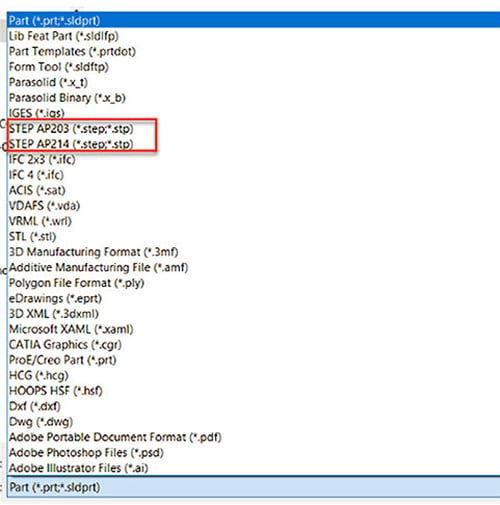
.png)
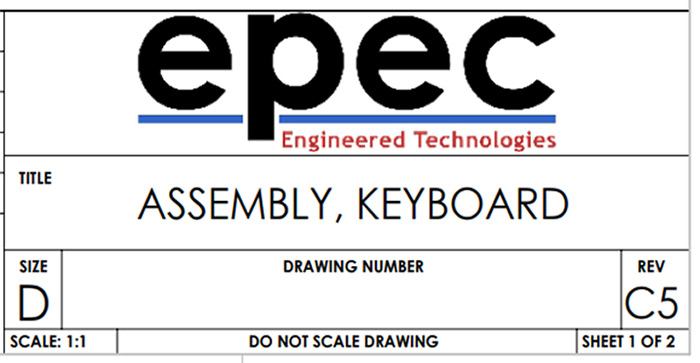
.jpg)
